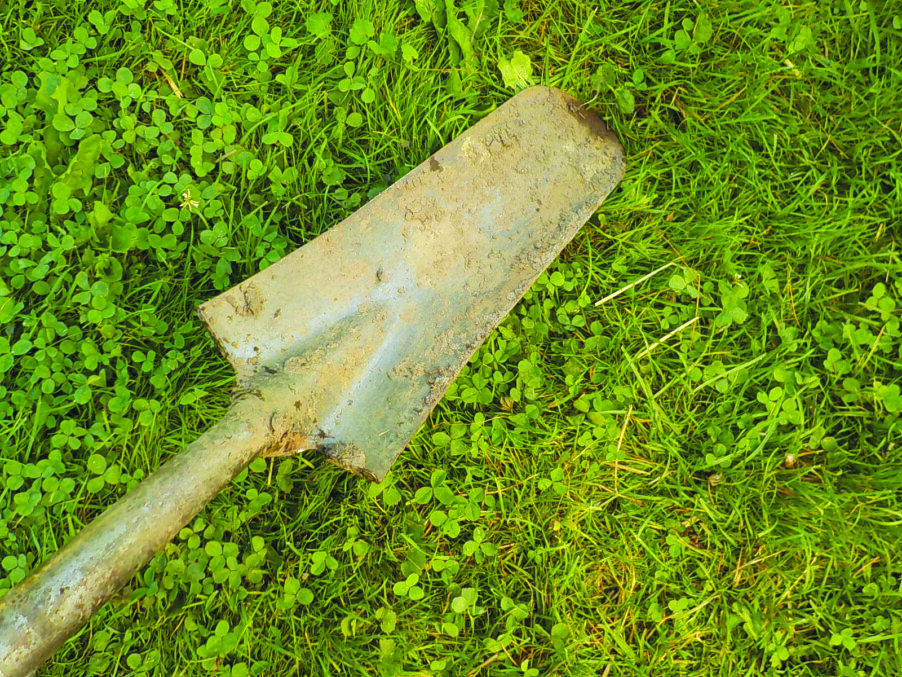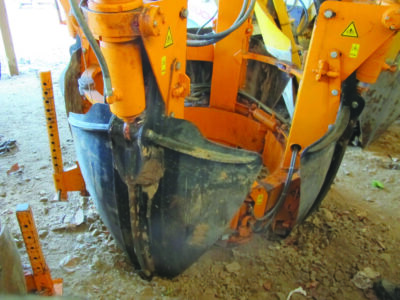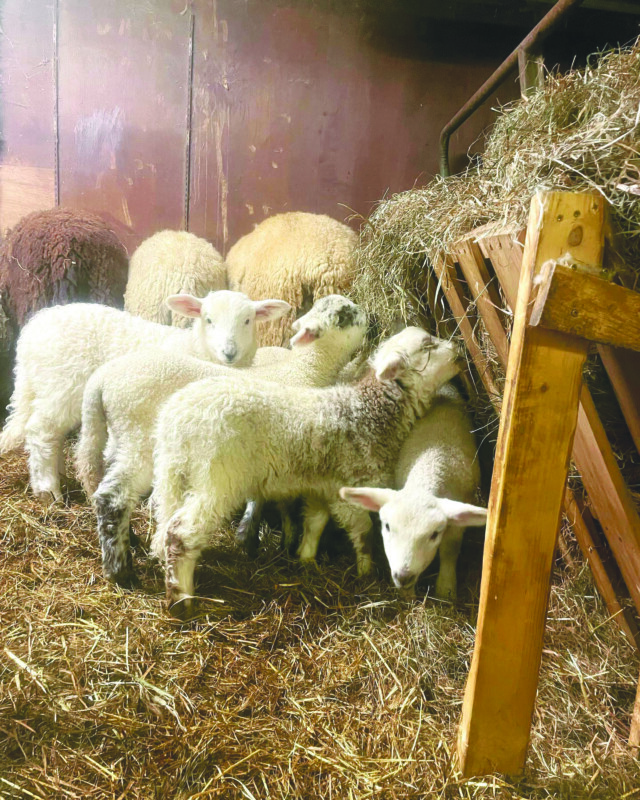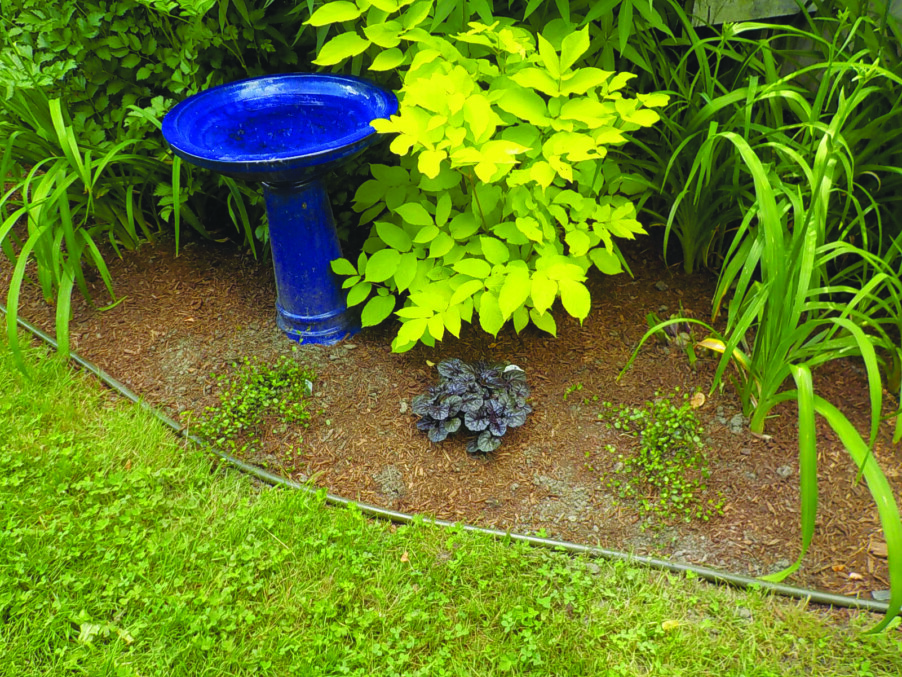The Canterbury Fair celebrates close communities for the 61st year
By Katelyn Sahagian
The Canterbury Fair is back after its pandemic pause and will once again highlight local artisans, feature a popular barbecue chicken dinner and offer shopping with its used book sale and the What Not sale, a type of white elephant and antique market.
Rick Crockford, a co-chair of the fair, said that this fair is meant to celebrate small towns and communities.
“It started out in the ’50s as a way to get people excited mid-summer about small-town life,” Crockford said. “It’s remained largely, crafty and agricultural. It’s much more low-key than [fairs at] other places.”
The reason the fair started was to help pay for a new parish house at Canterbury United Community Church after a fire had destroyed the original one in 1943. In 1959, a chicken barbecue was added to the fair’s normal activities and, according to the Canterbury Fair’s website, the fair raised close to $2,000.
In addition to the barbecue, there will be regular grilled foods, like hot dogs, burgers, sausage grinders and veggie burgers, Crockford said. He said his personal favorite part of the event is the frappe bar from Jordan’s Ice Creamery.
After the food comes the entertainment and local artisans. Children’s entertainers and musicians will perform throughout the day, and Crockford said that the Morris Dancers, a group that performs a traditional British style of dancing, is a longtime fair favorite.
“They have cymbals on their feet and sticks and they do old English dancing,” he said. “There’s a caller who runs the dance; it’s very cool. They’ve been at probably every fair for the past 15 years.”

For new entertainment, Crockford said that he was especially excited to welcome drummers from the Native American Abenaki tribe.
As for local artisans, Crockford said there will be everything from jewelry to leather goods. Even a local guitar maker will be showing off his instruments.
“We have an unwritten rule that the vendors we rent space to have to produce something themselves,” Crockford said, adding that they didn’t want people to be reselling items they had purchased.
Crockford said that the used book sale, which will be at the Old Town Hall, and the What Not sale, at the elementary school, are among the biggest draws for most visitors. The proceeds from both sales will be used to raise money for the Canterbury Fund, which gets donated back to the town’s schools.
While the vendors are exciting for adults, kids will get the chance to have their face painted and play different games. Kids of all ages can enjoy spending time with the animals at the petting zoo.
Crockford said that the fair isn’t a big fancy shindig, but it is still special and can attract people from as far away as Maine and Vermont.
“We don’t have any rides, and there’s no fried dough,” Crockford said. “[The fair’s] mostly people who want to appreciate local craftspeople and support them financially. See a little bit of the old-timey fair before everything got all rushed.”
61st annual Canterbury Fair
Where: Baptist Road, Canterbury
When: Saturday, July 30, 9 a.m. to 4 p.m.
Cost: Free admission
Visit: canterburyfair.com
Featured photo: Photos courtesy of Donna Miller.








